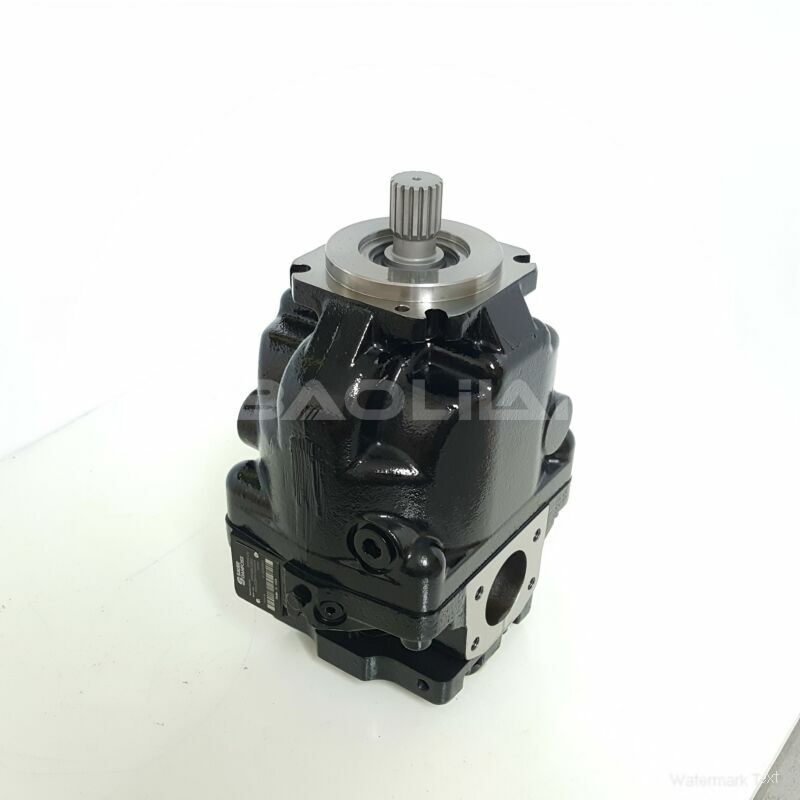ERL100BLS1820NNN3S1BPA1NNNNNNNNNN sauer danfoss pump
ERL100BLS1820NNN3S1BPA1NNNNNNNNNN sauer danfoss pump

- Product Details
- Applicable Scene
Hydraulic pumps are critical components in offshore oil and gas equipment, providing the necessary power to operate various machinery and processes. However, these pumps are susceptible to failures that can lead to costly downtime, safety hazards, and environmental concerns. To enhance operational reliability and extend the lifespan of hydraulic pumps, it is essential to implement proactive prevention strategies. Below are some key practices to minimize the risk of hydraulic pump failures in fluid systems for offshore operations.
ER-L-100B-LS-18-20-NN-N-3-S1BP-A1N-NNN-NNN-NNN
ERL100BLS1820NNN3S1BPA1NNNNNNNNNN
Regular Maintenance and Inspections

83008699
One of the most effective ways to prevent hydraulic pump failures is through regular maintenance and routine inspections. Scheduled maintenance should include checking for leaks, wear, and tear on components, and ensuring that fluid levels are adequate. An experienced technician should conduct these inspections to identify potential issues before they escalate into significant problems. By adhering to a strict maintenance schedule, operators can address minor concerns promptly and avoid unplanned shutdowns.
Monitor Hydraulic Fluid Quality
The quality of hydraulic fluid plays a crucial role in the performance and longevity of hydraulic pumps. Contaminated or degraded fluids can lead to increased wear on pump components, reduced efficiency, and ultimately, pump failure. Operators should regularly test hydraulic fluid for contaminants, viscosity, and water content. Implementing a fluid management strategy that includes filtering and replacing fluids as necessary can help maintain optimal conditions and prevent damage.
Control Temperature and Cooling
Excessive heat can cause hydraulic fluid to break down, leading to pump failure. Therefore, it is vital to monitor and control the temperature of hydraulic systems. Install temperature sensors and cooling mechanisms to maintain an optimal operating temperature. Additionally, ensure that components such as heat exchangers are functioning correctly to dissipate heat effectively. Operators should be aware of ambient temperature fluctuations in offshore environments that could impact system temperatures.





